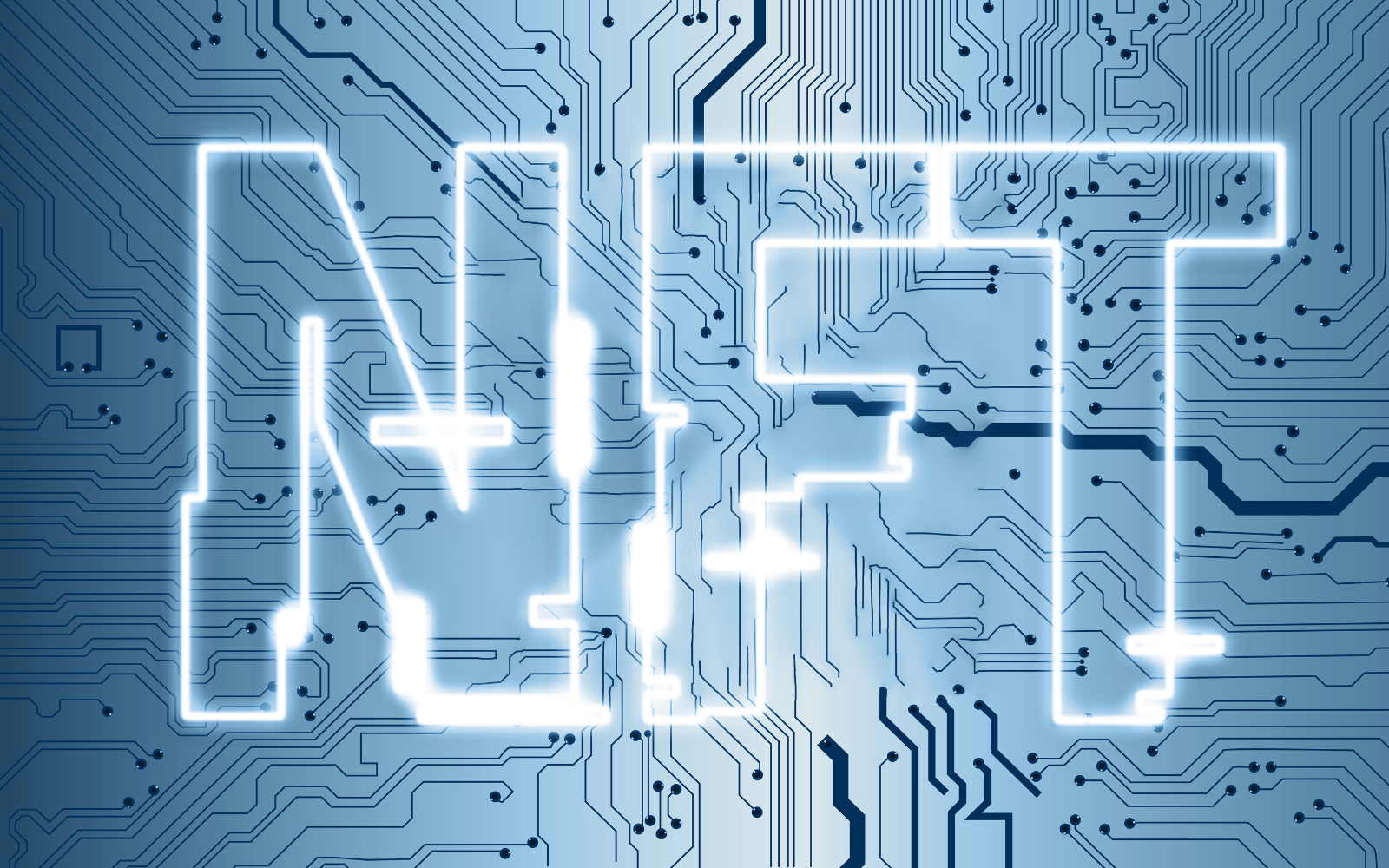
One of the most popular uses for blockchain technology is Non-Fungible Tokens (NFTs). Businesses and celebrities alike are launching their own NFT collections as they quickly gain traction in the general public. In addition, institutional and individual investors have made billions of dollars in investments in static NFT art in just one year.
The next phase of non-fungible token evolution has begun with dynamic NFTs (dNFTs). The majority of NFTs up until this point have remained static, employed mostly as digital collectibles, in NFT art projects, and in play-to-earn game ventures.
After being issued on a blockchain, the fixed metadata of the static NFTs is fixed. This restricts their application to tasks like tokenizing physical assets, developing progression-based video games, or setting up fantasy sports leagues on the blockchain. The metadata has to be updated for each of these. This is where dNFTs come into play because they can alter depending on outside factors.
“Dynamic NFTs are the newest generation of technological advancements as the NFT industry develops. The dynamic NFTs are here to permanently alter the NFT market landscape,” says Vijay Pravin Maharajan, Founder and CEO of bitsCrunch.
He added, “The majority of the NFTs you have possibly traded and/or viewed is ‘static’ NFTs. These have IPFS-stored metadata that has been locked (or ‘frozen’) and cannot be altered. The ERC-721 token standard for Ethereum defines static NFTs and mandates the execution of smart contracts. The more recent ERC-1155 standard, in contrast, defines a dynamic NFT (dNFT), which enables metadata to be changed in response to outside factors.”
According to experts, the changing data required to update a dNFT is typically provided via a data oracle like Chainlink. Chainlink has been marketing dNFT use cases aggressively.
Dynamic NFTs have the advantage of being able to modify dynamically in reaction to a real-world event being sent to the blockchain, according to Darshan Kothari, Founder and CEO of Vardhaman Infotech.
“Dynamic NFTs have an upgraded increase in their authenticity and can be used in a plethora of ways. dNFTs have quite a flexible smart contract, allowing them to change over time in response to real-world conditions,” says Kothari.
A football player’s digital trade card, for instance, might include performance data like goals scored. The same trading card may update its statistics in real-time in response to the player’s live game performance when translated to NFT form and then connected to the real world via oracle networks.
“When a player accomplishes a certain goal, such as completing a certain amount of hat tricks, NFT projects would perhaps automatically mint new NFT cards in real-time. This dynamic behaviour would be a step forward in the development and trading of unique assets,” says Kothari.


